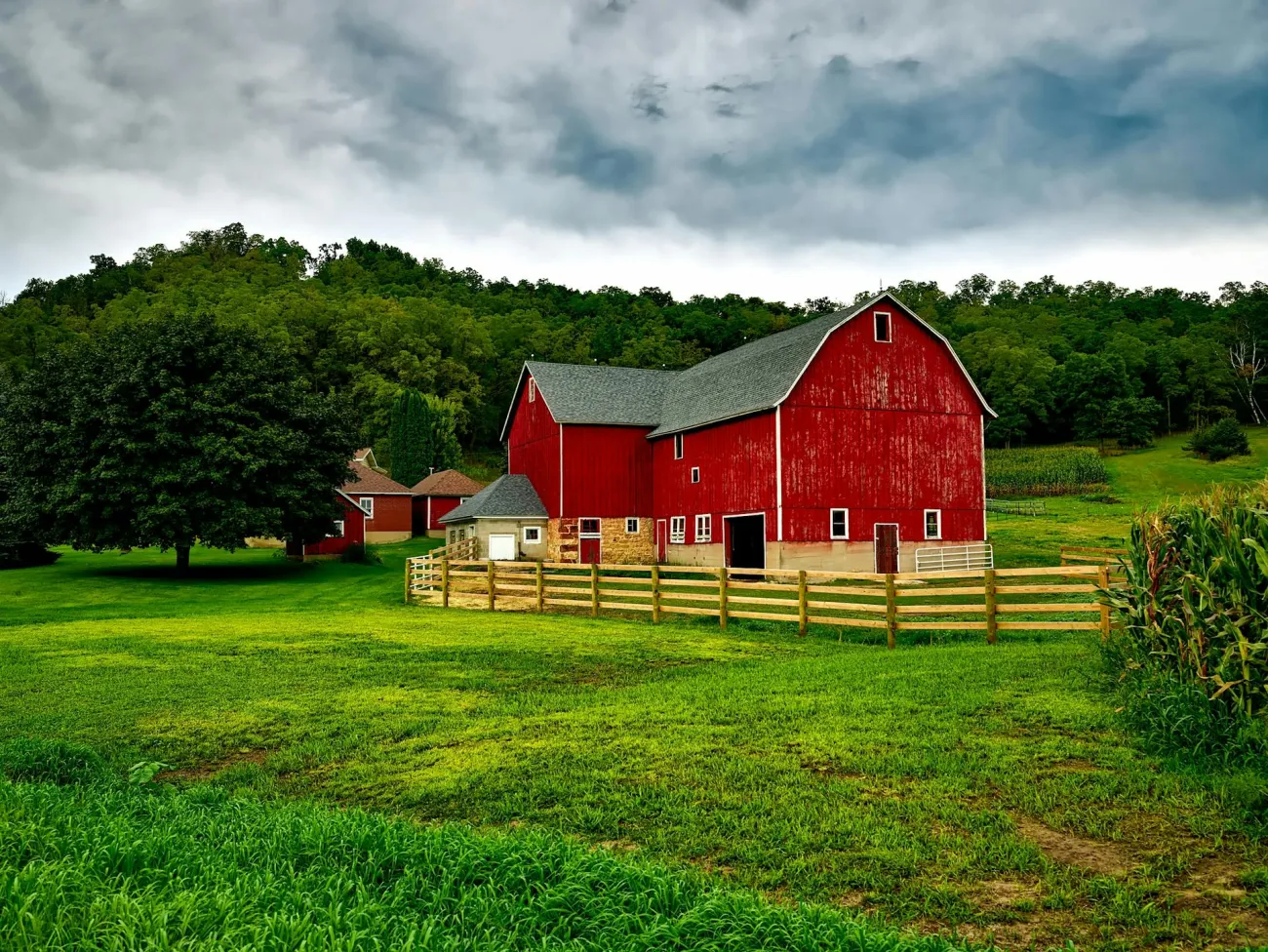New Zealand’s temperatures are warming, and its weather patterns shifting – trends consistent with those recorded around the globe. While a reliable water source – our surrounding oceans – will protect us from the severe aridity expected in some other parts of the world, it will not insulate land-based sectors from a more intense and variable climate. Temperatures will continue to warm, and carbon dioxide concentrations will increase.

This helpful summary was written by FCRN member Gerald Rhys.
Key messages
A changing climate
New Zealand’s temperatures are warming, and its weather patterns shifting – trends consistent with those recorded around the globe. While a reliable water source – our surrounding oceans – will protect us from the severe aridity expected in some other parts of the world, it will not insulate land-based sectors from a more intense and variable climate. Temperatures will continue to warm, and carbon dioxide concentrations will increase. New Zealand’s complex landscape and climate mean that there will be a range of positive and negative changes around the country.
Impacts on land-based sectors
Direct production impacts will present sectors with both opportunities and challenges. There will be a general shift toward more production variability, and changes in the timing of seasons. In some seasons and years, rising temperatures, carbon dioxide fertilisation and rainfall changes will increase yields.
At other times, changes in rainfall will cause production downturns more pronounced than anything currently experienced. Variability will be greater in the dry-land pastoral and arable sectors, which will experience more fluctuations in feed and crop yields. Water availability will oscillate between larger surpluses and deficits. All sectors are exposed to temperature-driven changes in seasonality of plant and crop responses. The severity of impacts will vary by sector and region. Some impacts will be indirect. Risks and costs from extreme weather will increase across all sector groups, ranging from short-term inconveniences to longer-term operational restrictions. Such impacts will affect not just the production landscape, but also the water, processing and transport infrastructure that supports it.
Some secondary effects are difficult to quantify. Pests and diseases, as well as environmental responses like increasing erosion and nutrient runoff, are all possibilities. Similarly, there are some more obvious socio-economic implications – such as supply shocks – beyond the sectors. However, if positive impacts can be exploited, they could help drive regional growth. The cumulative impacts of back-to-back climatic events are important for all sectors, but they are difficult to identify and anticipate. This is the least-understood, but potentially the largest challenge for the sectors. Some have already experienced such a phenomenon in the sequence of droughts and extreme weather in 2007–2010.
Adaptation options
Importantly, New Zealand’s land-based sectors have a comprehensive choice of adaptation solutions and are well positioned to capture opportunities and meet the challenges ahead. This report provides a sector-by-sector breakdown of those options. Some adaptation options – termed ‘tactical’ – are already part of day-to-day practice, and can help counter the low to moderate impacts expected in the future. Prime examples are increasing feed flexibility, adjusting cropping schedules and improving irrigation efficiency.
Land-based sectors also employ a number of existing technologies and practices that increase the climatic range they profitably operate in – termed ‘strategic adaptation’ in this report. These practices will counter expected moderate impacts, and some higher-level ones. Examples include diversifying production options in the sheep and beef sector, and finding new plantation sites for the forest sector.
More comprehensive adaptation changes – known as transformational’ – may be best suited to extensive climate change and cumulative impacts or novel opportunities. These might include the regional concentration of a sector shifting, or changing infrastructure to respond to production changes or novel uses. They also require an adaptive process, with better monitoring, information development and thorough consultation. Sound working models, particularly in water resource management, forestry and farm-level change, already exist in New Zealand.
Citation for this ‘stakeholder report’ as follows:
Clark, A.J.; Nottage, R.A.C.; Wilcocks, L.; Lee, J.M.; Burke, C.; Kalaugher, E.; Roche, J.; Beukes, P.; Lieffering, M.; Newton, P.C.D.; Li, F.Y.; Vibart, R.; Teixeira, E.I.; Brown, H.E.; Fletcher,A.L.; Hernandez-Ramirez, G.; Soltani, A.; Viljanen-Rollinson,S.; Horrocks, A.; Johnstone, P.; Clothier, B.; Hall, A.; Green, S.;Dunningham, A.; Kirschbaum, M.U.F.; Meason, D.; Payn, T.; Collins, D.B.G.; Woods, R.A.; Rouse, H.; Duncan, M.; Snelder,T.; Cowie, B. (2012). Impacts of Climate Change on Land-based Sectors and Adaptation Options. Clark, A.J.; Nottage, R.A.C.;Hansford, D. (eds) Stakeholder Report to the Sustainable Land Management and Climate Change Adaptation Technical Working Group, Ministry for Primary Industries, 76 p.
This ‘stakeholder report’ is based on work and material described in a ‘technical report’.
You can download the report as a pdf by clicking here.




Comments (0)